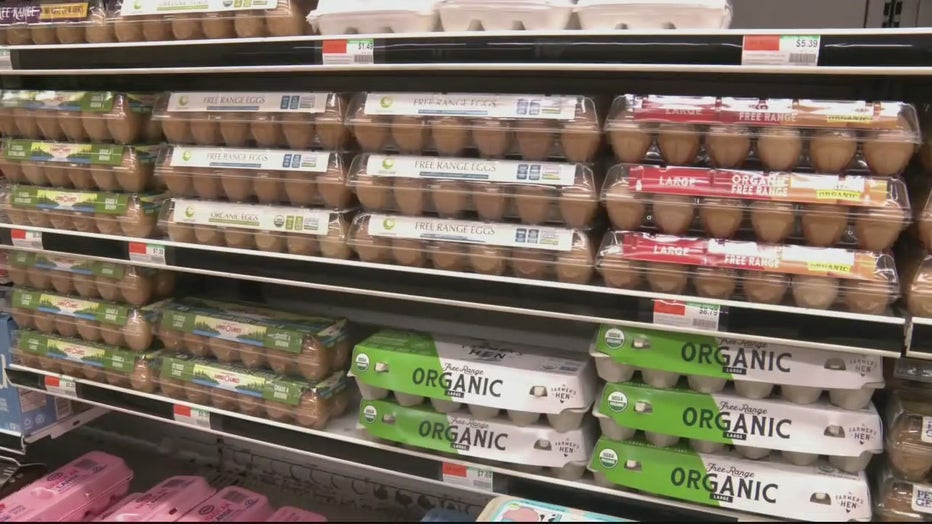States scale back food stamp benefits as inflation pushes prices higher

Michigan food banks continue to help families as food stamp benefits could be slashed
Two years ago, the federal government announced it would help families during the COVID-19 pandemic with extra food stamp benefits. That's changing as states are rolling back the extra benefits.
DETROIT (FOX 2) - Across the nation, roughly 40 million people are dependent on assistance from the federal government to get him to keep food on the table for their families. Whether it's because of unemployment, disability, or just not making enough from their jobs, Americans rely on food stamps.
Now, two years after the federal government increased assistance during the pandemic, that support is going away. Simultaneously, inflation is pushing prices at the store higher and higher.
Nebraska took the most aggressive action anywhere in the country, ending the emergency benefits four months into the pandemic in July 2020 in a move Republican Gov. Pete Rickett said was necessary to "show the rest of the country how to get back to normal."
Since then, nearly a dozen states with Republican leadership have taken similar action, with Iowa this month being the most recent place to slash the benefits. Benefits also will be cut in Wyoming and Kentucky in the next month. Arkansas, Florida, Idaho, Missouri, Mississippi, Montana, North Dakota, Nebraska, South Dakota and Tennessee have also scaled back the benefits.
Michigan is not scaling back its food stamp assistance.
This Easter weekend, you can expect grocery stores to be busy. As many families shop for Easter dinner, some households may have trouble putting this holiday meal - or any other meal - on the table. We may not regularly see the lines of cars at food banks like we did during the peak of the pandemic but the need for food remains a major issue.
"Inflation is really taking a toll on SNAP benefit recipients, households, and well as the Michigan food bank network," said Anna Almanza from the Food Bank Council of Michigan.
She's the director of policy and says in 2020, roughly one in every five Michigan households was food insecure.
The SNAP benefits expansion gave families in need at additional $95 or more each month. But some states are ending the expansion program during one of the highest inflation periods in U.S. history.
"It is really making or breaking the food budget for many households right now," Almanza said.
States must now apply each month to keep providing extra the food stamp benefits. The federal government hasn’t announced when the window will open for May.
But as food prices surge, more people are turning to food banks, like Gleaners, because the additional benefits don’t stretch as far anymore.

"Our mobile distribution units, last month, served about 13,000 households. When the previous six months, we served an average of 9,000 households a month," said Stacey Averill from Gleaners.
Before the pandemic, Gleaners Community Food Bank distributed 46 million pounds of food. It jumped to 64 million in 2020 and 71 million in 2021.
"We’re used to operating in crisis. It’s why we’re here," Averill said.
Gleaners says it’s prepared to meet the need but the Food Bank Council of Michigan says some food banks are feeling the pinch from inflation.
"Many of the food banks are at or beyond what their purchasing budget was for the year," Almanza said. "We don’t have the resources to help bridge that gap without some additional resources made available to us to do so."
If you want to help a food bank, there’s the traditional route of food or monetary donations. You can also call your congress member and let them know food banks need help.
Information from the Associated Press was used in this report.

